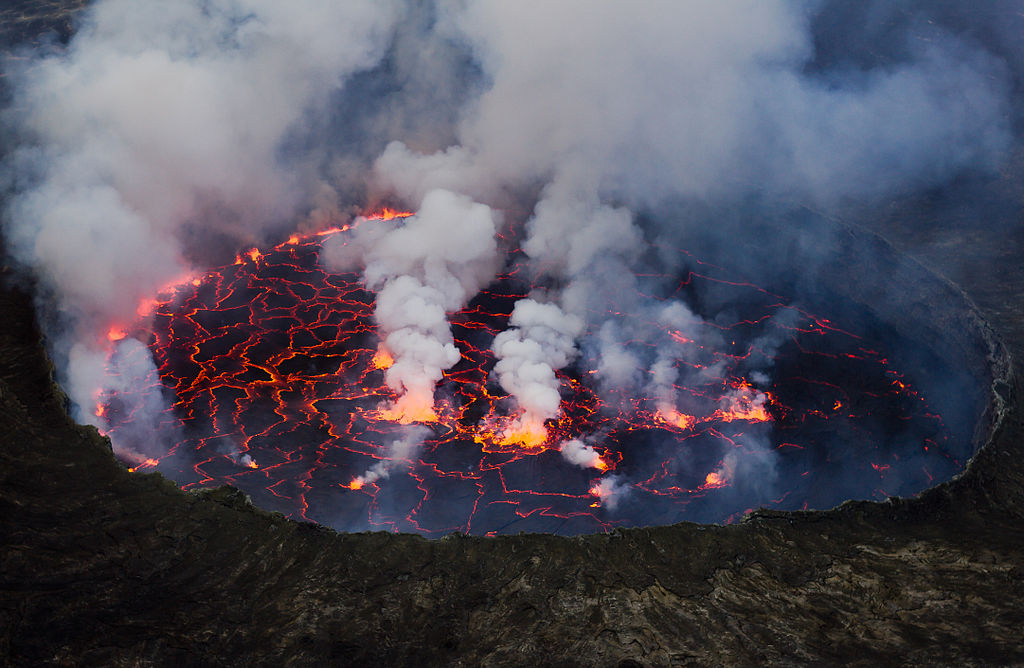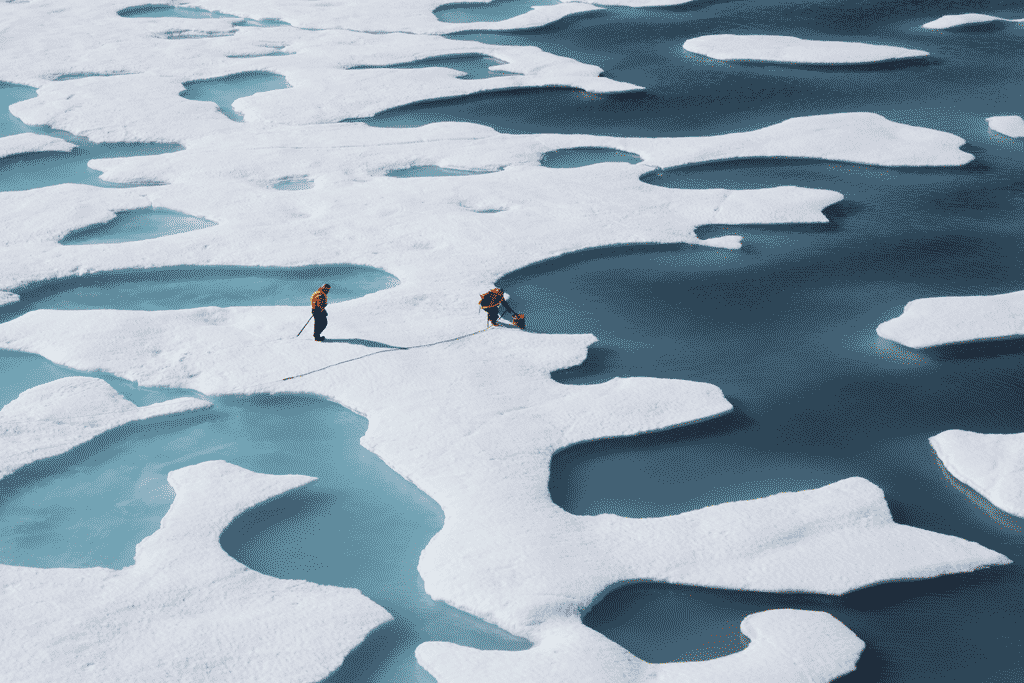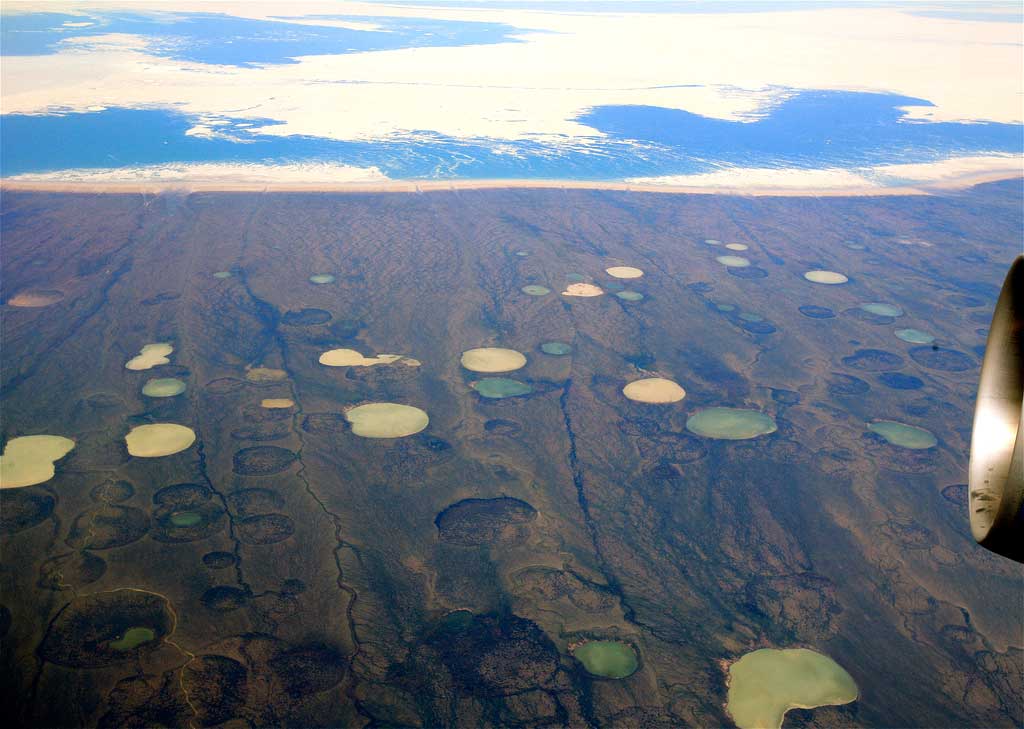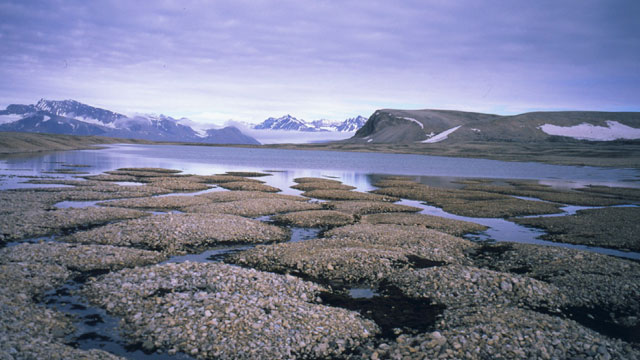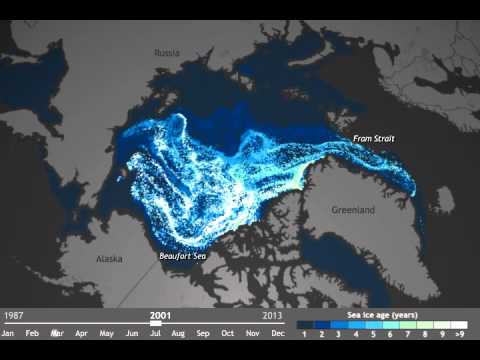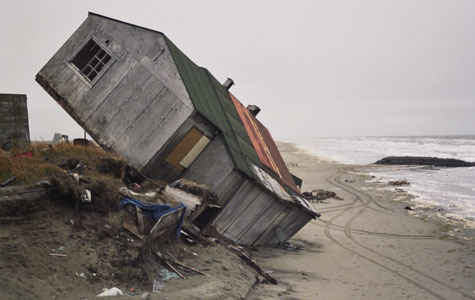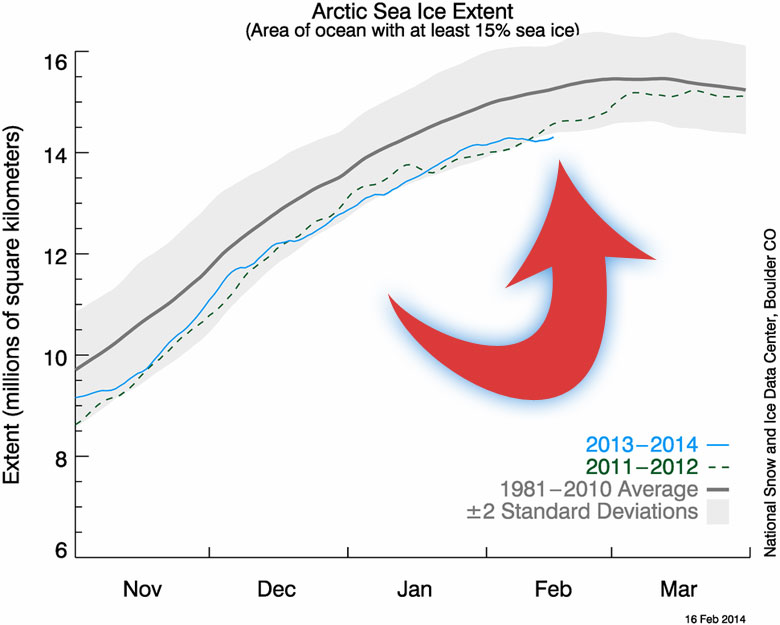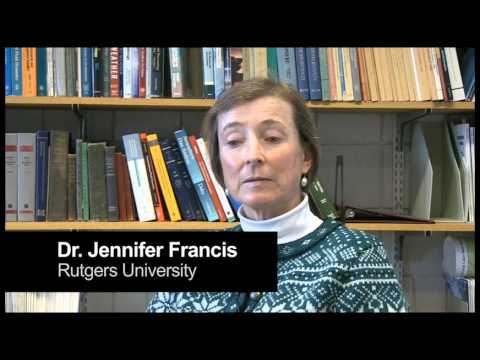Climate State interviewed Bill McGuire, Emeritus Professor of Earth Sciences […]
We will likely see one of the lowest extents as […]
The preliminary results from scientists studying the mysterious holes (craters), […]
Introduction to Methane Hydrate “Methane Hydrates and Contemporary Climate Change” (2011) […]
NOAA: The most common metric for tracking changes in Arctic […]
Update: As pointed out by one of the authors, Rhiannon […]
It’s that time of year, the perennial “It’s snowing so […]
